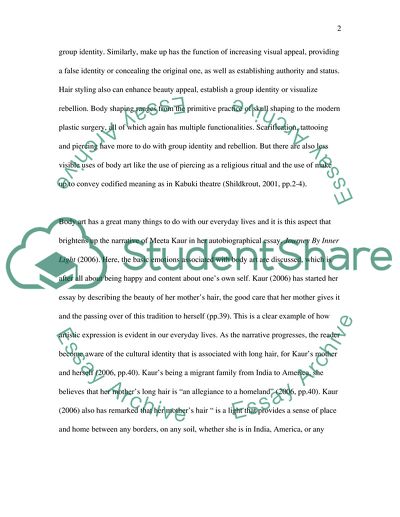Cite this document
(The Body as Artistic and Cultural Expression/Manifestation Research Paper, n.d.)
The Body as Artistic and Cultural Expression/Manifestation Research Paper. Retrieved from https://studentshare.org/culture/1750479-comparitive-essay-of-2-works
The Body as Artistic and Cultural Expression/Manifestation Research Paper. Retrieved from https://studentshare.org/culture/1750479-comparitive-essay-of-2-works
(The Body As Artistic and Cultural Expression/Manifestation Research Paper)
The Body As Artistic and Cultural Expression/Manifestation Research Paper. https://studentshare.org/culture/1750479-comparitive-essay-of-2-works.
The Body As Artistic and Cultural Expression/Manifestation Research Paper. https://studentshare.org/culture/1750479-comparitive-essay-of-2-works.
“The Body As Artistic and Cultural Expression/Manifestation Research Paper”, n.d. https://studentshare.org/culture/1750479-comparitive-essay-of-2-works.


